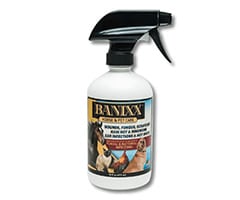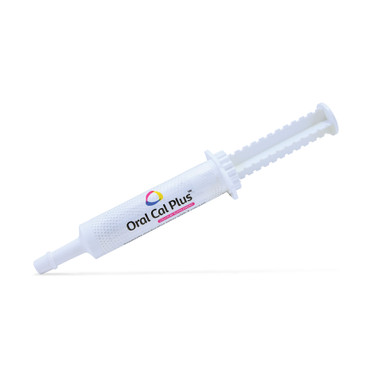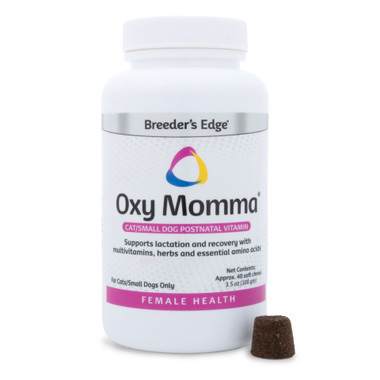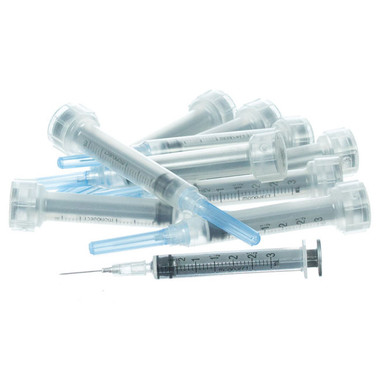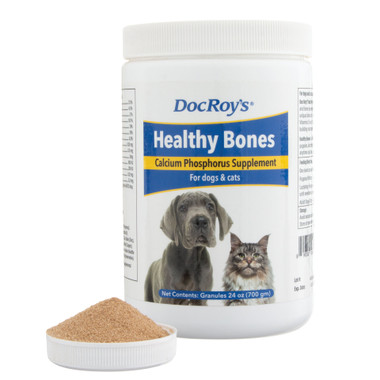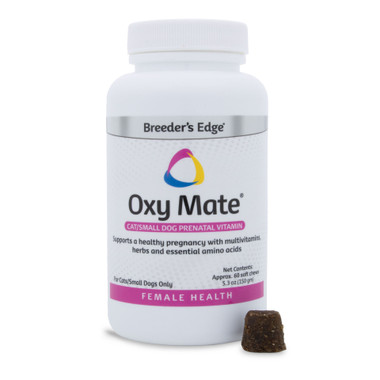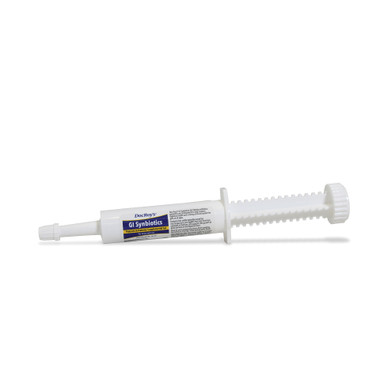How to help your horse deal with Mallenders
Estimated 0 min read

Crusty scabs should sound the alarm of concern
Some of us may remember the old commercial, “The Heartbreak of Psoriasis.”
A similar commercial could be made about a different skin condition that afflicts horses: “The Heartbreak of Mallenders.”
As a horse lover, anything that affects your beloved steed affects you just as much. So when you see thick, crusted scabs on the backs of his legs, naturally you’re concerned.
And you should be. This condition is called mallenders (when it appears on the back legs) and sallenders (on the front legs). Mallenders most commonly afflicts heavy horses with feathers on their legs, such as draft or cob horses.
Medically known as hyperkeratosis, it’s caused when the horse’s body produces too much keratin, a protein that helps form hair, skin and hooves. Why does this overproduction happen? Because of those pesky little critters that plague every animal known to man: mites. These tiny parasites infest an area and feed on skin. Horse leg feathers make ideal hiding place for them.
Painful symptoms
Mallenders is not something to ignore and hope it goes away. Your horse is suffering. Symptoms include:
- Painful swelling at the infected site
- Hair loss at the site
- Lameness
- Cracked scabs in which a secondary bacterial or fungal infection can increase the risk of lameness
There is no cure for this insidious condition. The disease affects a relatively small population of horses, so it doesn’t receive the research attention it probably deserves.
And it’s difficult to manage, becausethe scabs appear on the legs (in the joints which bend). Consequently, the constant movement causes scabs that have cracked to constantly crack again, creating an ongoing cycle.
What to do about Mallenders?
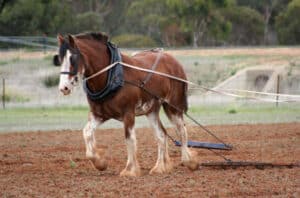
Draft horse doing heavy work
If your horse is afflicted with Mallenders, know from the start that getting rid of it will require some heavy work. Think of it like you would allergies – the main focus will be to manage the symptoms and make your horse more comfortable.
Here are some things you can do to manage the symptoms and reduce infection and inflammation:
- Your vet can help treat the condition.The most effective vet-prescribed remedies appear to be a leg wash with moxidectin or ivermectin. Others claim that Doramectin or Fipronil help, as do lime sulfur and selenium sulfide shampoos. If the area is hot and swollen, the vet might also want to prescribe antibiotics.
- Diet mayplay a role in successfully managing hyperkeratosis.Make sure you’re feeding your horse a diet that is appropriate to that species and forage-based. Leave out the grain or anything with high sugars or starches.We have heard claims that this step could be crucial to success in containing Mallenders.
The best way to manage Mallenders is with good hygiene

Health horse hygiene is the best treatment
While the condition can’t be completely cured, regular treatment can prevent bacterial, fungal or parasitic infections from recurring. Here’s what you do:
- First, wipe out those pesky mites that are so comfortably occupying your horse’s feathers. Some folks have used diatomaceous earth mixed with a lime sulfur dip with good results. Regular spritzing with Banixx Pet Care Spray is another good solution. Mites don’t do well when confronted by its anti-microbial properties.
- Then, wash her legswith warm water and dry them thoroughly. Even better, add some Banixx Pet Spray into the water and wash the legs. This enhances the anti-bacterial and anti-fungal properties of the wash.
- Apply a layer of protective cream to the affected area(s). We highly recommendBanixx Pet Wound Care Cream. Itcontains chlorhexidine and a number of antimicrobial herbs that will help keep the area lubricated. This is important because Mallenders causes scabs and skin to dry out and crack, exacerbating the condition.
Wear gloves and apply the cream in a thin layer and allow it to absorb. Thicker layers in this case are not better. This should be done twice daily.
- Use the Banixx cream and/or spray on a regular basis to prevent the return of the mites and soothe the affected areas. Keeping the skin moisturized and nourished may prevent the Mallenders from rearing its ugly head again.
Conclusion
Mallenders and spallenders are tough conditions for any horse to face – but you can do a lot to counteract the discomfort and pain. Stick with it, be patient, try a variety of solutions – and rejoice when your horse finds relief!
Note that Banixx is the first-aid product of choice for our equine companions (as well as dogs, cats, and other animals). Your horse won’t feel wary using it, as it has no clinical odor and doesn’t sting. Even more:It’s non-toxic, interacts well with other medications, and you can’t use TOO MUCH. So there’s no fear of creating any additional problems when you use it.
CASE STUDY: HORSE WITH PERSISTENT MALLENDERS
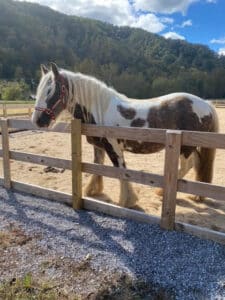
Gypsy Vener gelding, Buddy
Linda dearly loved her 3-year old Gypsy Vener gelding, Buddy. So she was dismayed to find thick, crusted skin on the back of one of Buddy’s knees – and to discover it was Mallenders. Buddy was in pain and limping as a result of the condition.
She went to work getting rid of the Mallenders-causing mites, washing the site with diatomaceous earth and a lime sulfur dip. The mites were gone – but the crusted skin continued to plague Buddy. She did a lot of research – and there wasn’t much out there to help. She tried a variety of proposed solutions. None of them worked permanently, and in fact later on, another leg was affected (though not as badly). Mallenders is vicious and persistent.
But Linda was just as persistent. A long-time user of Banixx Pet Spray, she regularly applied it to keep the area clean and free of mites. She found out about Banixx Wound Care cream and applied it twice daily to the affected sores.The moisturizing properties of the cream helped, and the sores healed up (though the condition is not permanently cured). Later, Buddy tried a different diet of mostly low protein grass hay, and this has helped to keep the Mallenders at bay.
This is a continuing saga, as there is no cure. But Linda believes Banixx has played a major role in ensuring Buddy is more comfortable and experiencing dramatically less pain.
Banixx for Horse Lovers
We hope you found this article helpful and if your horse ever gets anywounds,cuts.scratchesorwhite line disease, we hope you keep Banixx Horse & Pet Care in mind. We have information on interesting topics such ashow many legs does your horse have? Or, ways tohandle manure removalor the beauty of thedappled horse? Yes! We’ve got these all covered for you! Need your own Banixx, clickhereto find out where to buy it!
Sources:
https://www.honeychop.com/2021/06/mallenders-and-sallenders/
https://chronicprogressivelymphoedema.com/hyperkeratosis-2/
https://www.divineanimals.cz/Recommendations-and-tips-for-owners-of-horses-with-leg-feathering-b81168.htm



